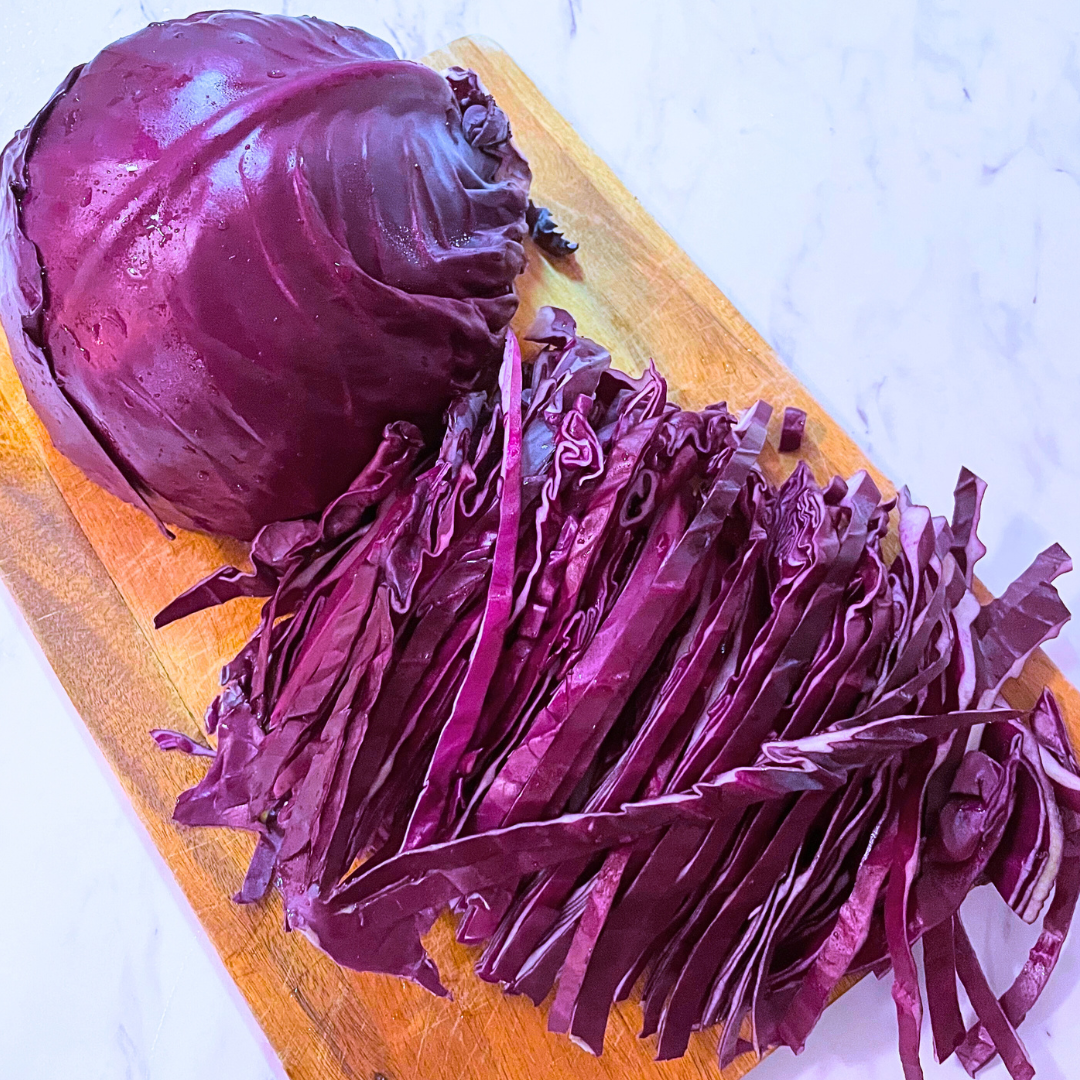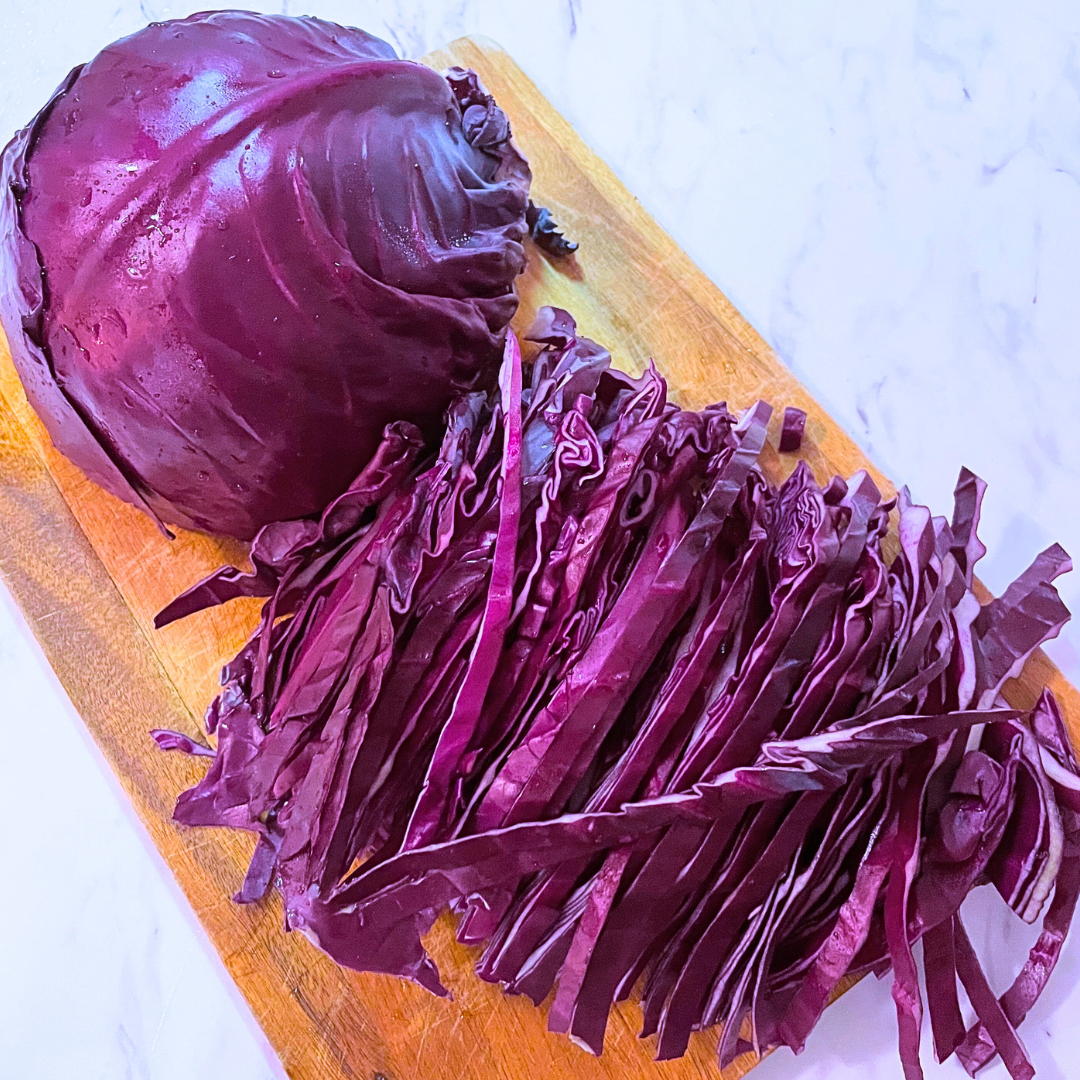Omero Cabbage Seed
Omero Cabbage Seed
Couldn't load pickup availability
Seed Type
Seed Type
F1 Hybrid (Untreated)
Seeds Per Pack
Seeds Per Pack
100
Days to Maturity
Days to Maturity
70
Disease Resistance
Disease Resistance

Why Grow Omero Cabbage?
A Premium Red Cabbage Omero is the premier choice for gardeners and market growers seeking an early-maturing, high-quality red cabbage. Renowned for its uniform growth and adaptability, Omero stands out as one of the earliest red cabbage varieties available, ensuring a timely and bountiful harvest.
Great for Smaller Gardens Perfectly suited for gardeners with limited growing space, Omero produces cabbage heads ranging from 2 to 3.5 pounds, depending on planting density and growing conditions. The compact plant structure of Omero is adapted to in-row spacing as close as 8 inches, making it an efficient choice for high-density planting and maximizing your garden or field space. Its vibrant red color and crisp texture not only enhance the visual appeal of your produce but also add a delightful crunch and sweet, tangy flavor to a variety of dishes.
Omero Cabbage Growing Tips
• When to Plant Cabbage
Cabbage is a "cool season" vegetable that grows best in the fall and early spring months. Cabbage should be transplanted as opposed to being directly seeded in the backyard garden. Plant seeds indoors or in a greenhouse 4-6 weeks before your intended in-ground planting date.
Cabbage transplants should be planted outdoors once they have a well-established root ball in their seed starting containers. Aim to put your transplants in the ground in the late summer months for a fall planting or in the late winter months for a spring planting.
Cabbage plants should be planted at least 1 foot apart along your garden rows. If growing cabbage in raised beds or containers using the square foot gardening method, give each plant approximately 1' of space for best results.
• How to Fertilize Cabbage
It's always a good idea to apply some pre-plant fertilizer to the soil prior to planting cabbage transplants. We like to sprinkle Coop Gro organic fertilizer on our raised beds or along our rows prior to planting. This ensures the plants have the right nutrients to put down roots in their new soil.
Cabbage is considered a "heavy-feeder," which means it will respond well to additional fertilizations as it grows. To grow large heads of cabbage, you'll want to feed it with a nitrogen-based fertilizer several times throughout the growth cycle.
Once your cabbage transplants start to grow, feed them every 3-4 weeks with a high-nitrogen fertilizer -- something like a 13-0-0 or higher will usually suffice. You can also incorporate chicken manure or other animal manure into the soil a few weeks before planting. This will also provide lots of nitrogen to make large heads of cabbage.
*To learn more about how to fertilize certain cool season vegetables, watch this video.
• When to Harvest Cabbage
Cabbage should be harvested once the plants form a compact head of cabbage where the leaves are tightly wound in a large ball. When grown in the fall and winter months, cabbage tends to hold really well. This gives you a longer harvesting window, allowing you to cut heads of cabbage as you need them.
When growing cabbage in the spring months, the harvesting window will be shortened as temperatures are warming. Cabbage may be prone to bolt or split with sudden warming in the late spring and summer months.. As a result, you may need to harvest heads as soon as they're large and ready.

